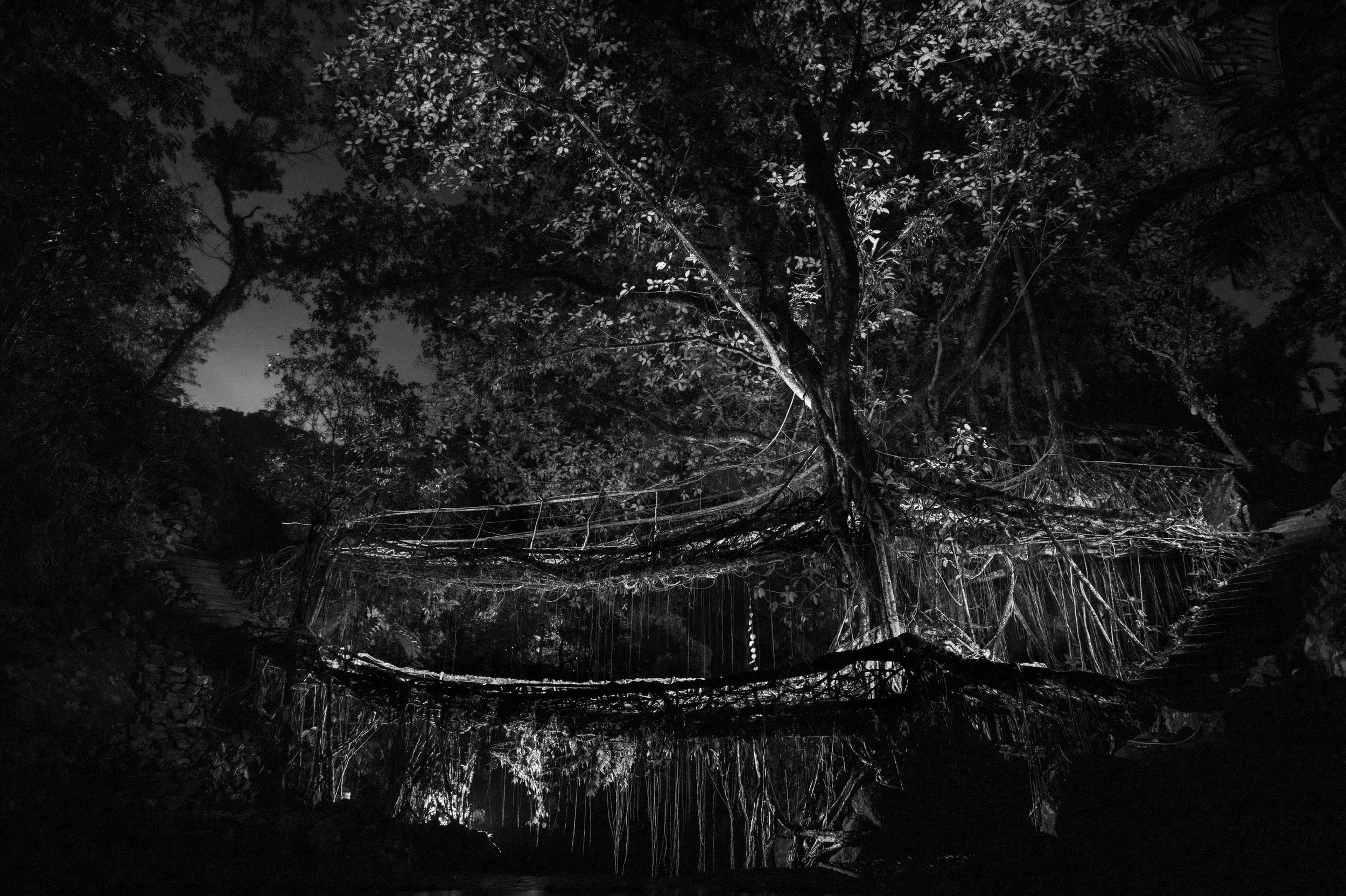The Night Field
To order the Manly Wade Wellman Award-Winning Eco-Fable:
HARDBACK & PAPERBACK (CITY LIGHTS BOOKSTORE)
E-BOOK (CITY LIGHTS BOOK STORE)
E-BOOK (GOOGLE PLAY)
KINDLE EDITION (AMAZON)
HARDBACK & PAPERBACK (UK)
HARDBACK & PAPERBACK (AUSTRALIA)
PAPERBACK (DENMARK)
To order the Music “Songs for The Night Field”:
BANDCAMP - LYNN MORGAN ROSSER
Available on All Streaming Platforms
Elaine Isaak, author of The Singer’s Legacy
“The Night Field weaves wonder, loss and renewal into a narrative that resonates with the past at the same time that it suggests fertile ground for a new future. Highly recommended!”
Dr Gerald Marten, author of Human Ecology and founder of The Ecotipping Points Project
“The staggering contrast between the decency and wellbeing of the world from which Pyn-Poi arose, and the horrors of “the System” in which she is imprisoned during her quest, highlights how precious are our connections with nature and with one another, and the tragedy that can ensue when those precious connections erode into crushing and apparently inescapable dystopia.”
SYNOPSIS
She may not like the idea, but Pyn-Poi is destined to be the matriarch of her kin and clan: a strong guide, a healer, a mother, and a mother to all – though her heart calls her more towards the trees of her forest home: learning to persuade their roots and branches into the walkways, bridges, and strong houses of her people, even as she nurtures and cares for these ancient giants.
Then something goes wrong in the Real, her beloved land: when the rains come, instead of nourishment, they bring a killing stench that poisons people and plants alike – even the forever trees which should never die. And every year, it’s getting worse.
Pyn-Poi knows one thing: she is her people’s tree-woman, so if the trees are failing, it’s her duty to find out why. Their only chance is for her to climb the unclimbable Wall to the land of the Ancestors and confront the source of the murderous Stink.
Pyn-Poi expects a whole new world up there, but what she finds is stranger and more dangerous than she could have imagined. The trees have given Pyn-Poi a job, but is she strong enough— brave enough—unstoppable enough—to save her trees, her people, and the Real itself?
Supporting the story behind The Night Field
Although I do not write stories out of conscious planning and intention, I can sometimes work back and trace the memories, people, events, and places that inspired them. The Night Field embodies a pattern of abusive agriculture that resonated through Nazi work-camps, chattel slavery, share-cropping, penal farms, and the invasion of Central America by U.S. fruit companies, but its direct inspiration came from heroic small farmers of India who found a way to raise cotton without the killing costs of pesticide. If Pyn-Poi’s story touched your heart, please join me in supporting them.
Tree bridge photo courtesy of Prasenjeet Yadav


